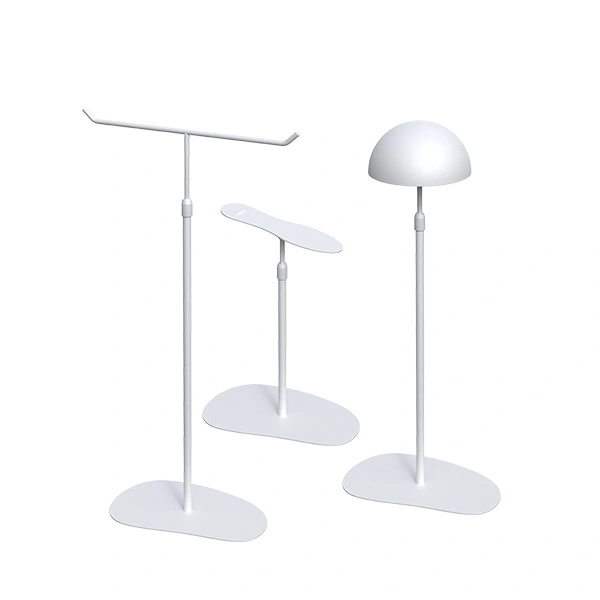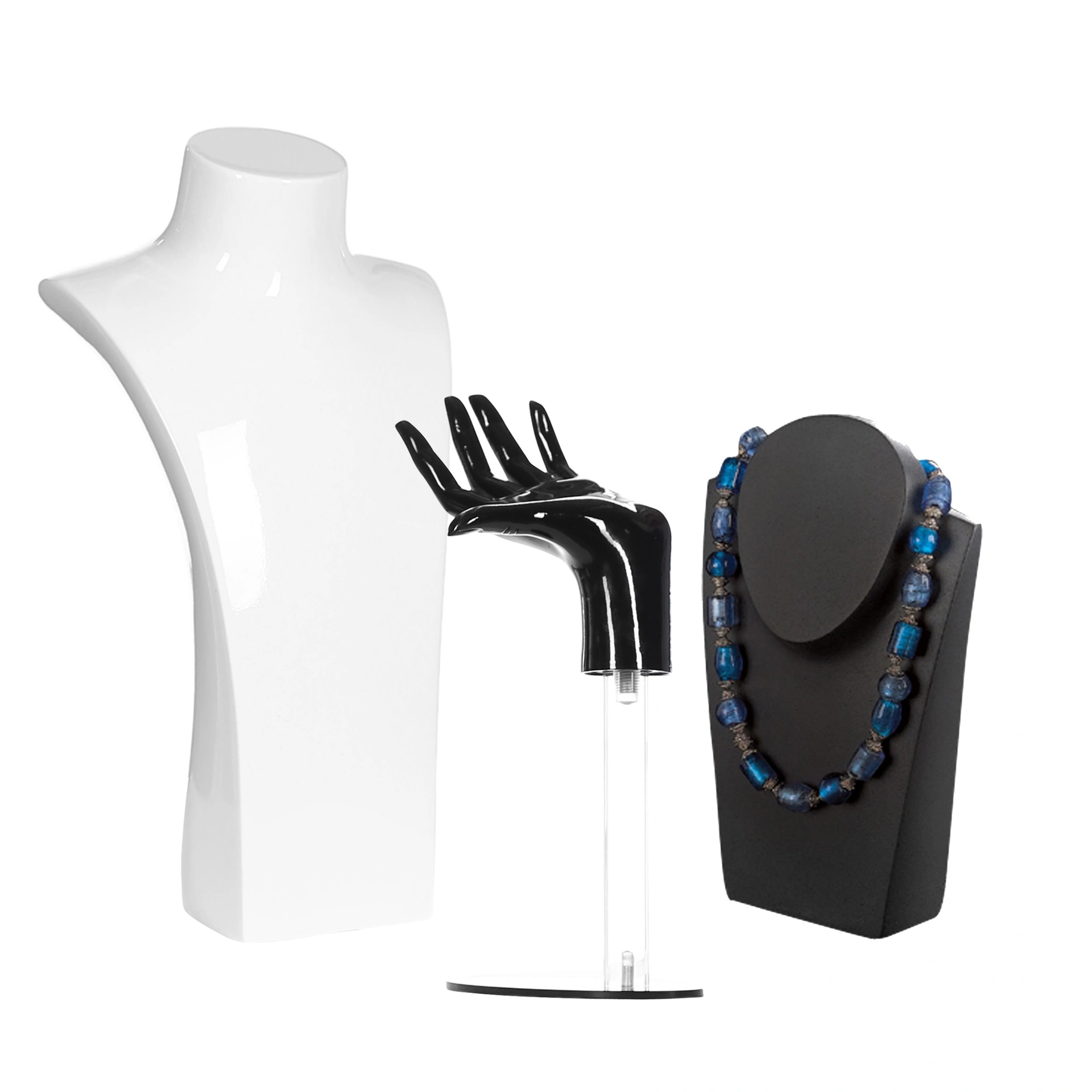ACCESSORY DISPLAYS
Discover
More ACCESSORY DISPLAYS collections
WHAT'S NEW
What have we been up to...
Your Dynamic Snippet will be displayed here... This message is displayed because you did not provided both a filter and a template to use.















